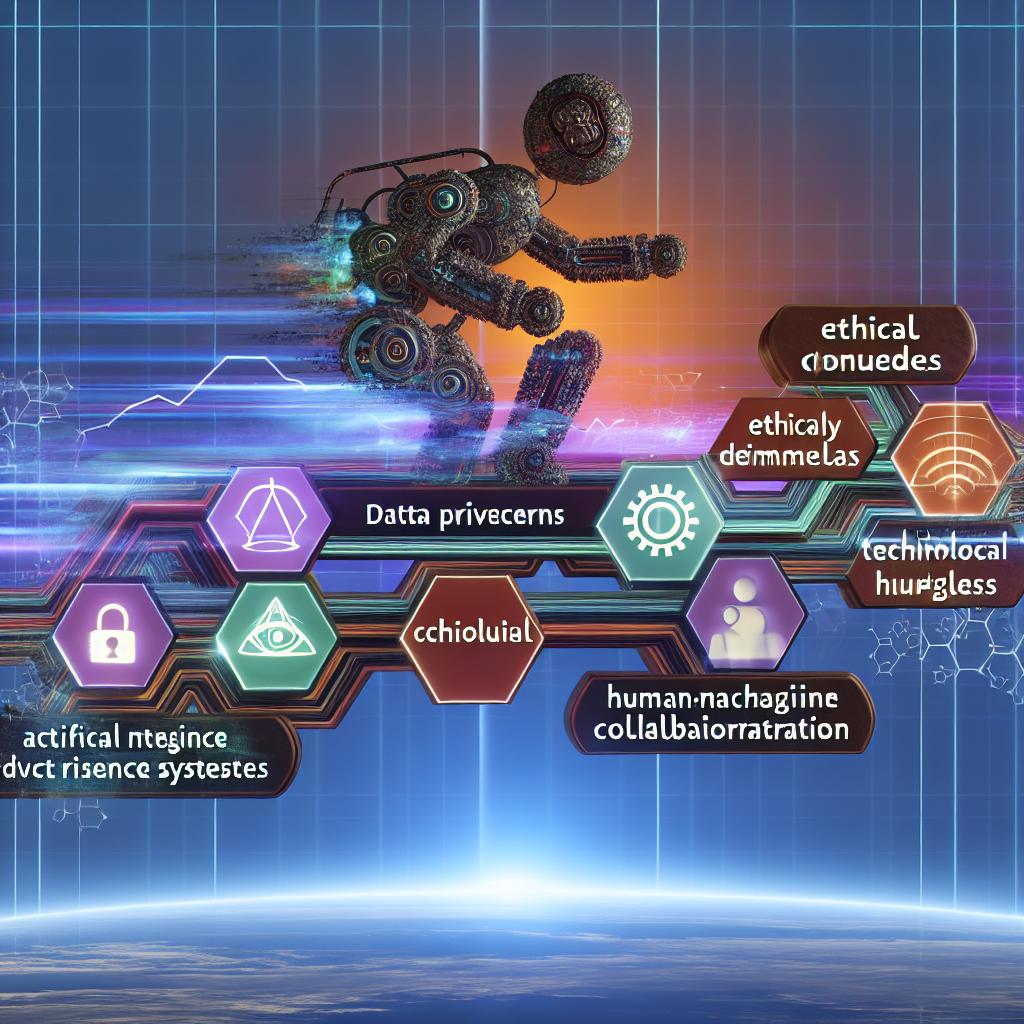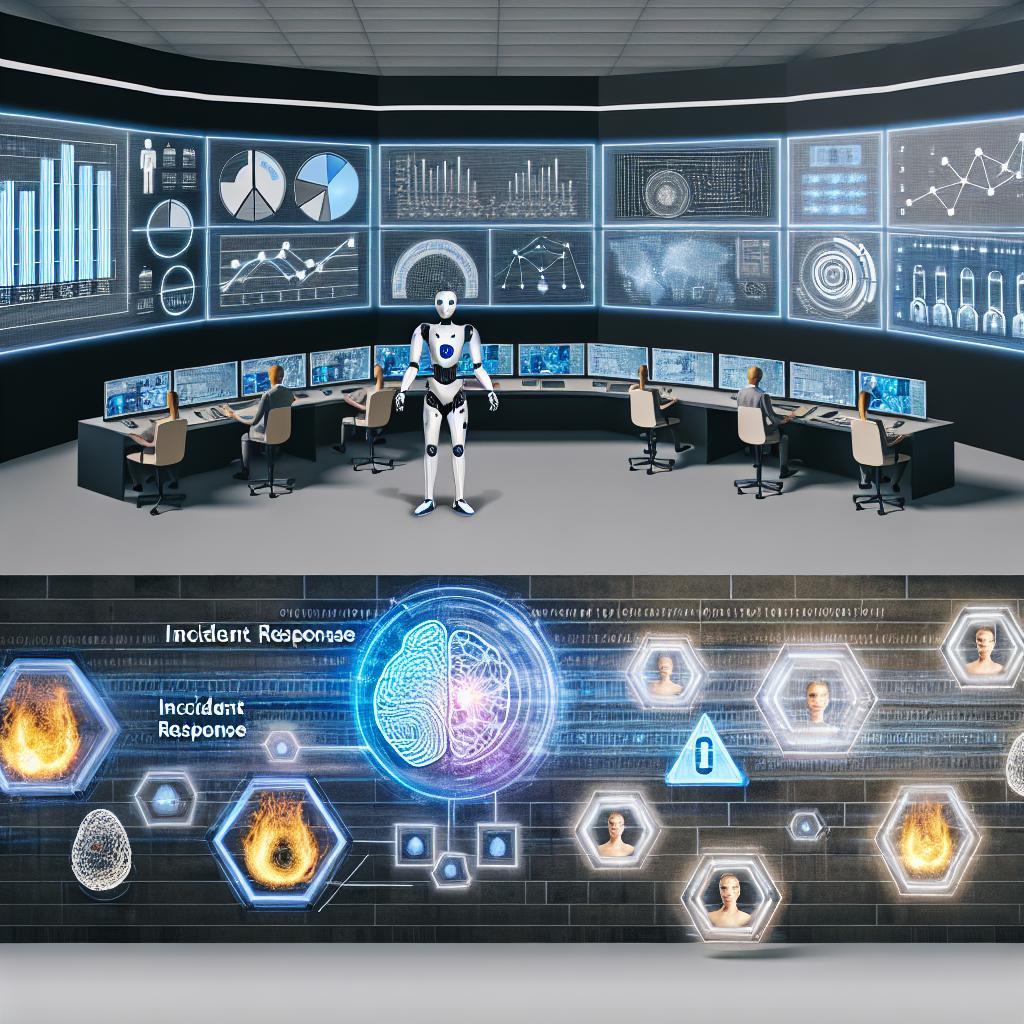In the ever-evolving landscape of technology, the rise of artificial intelligence has brought about a new wave of challenges and opportunities in incident response. As organizations embrace AI-driven solutions, the need to modernize incident response strategies has become increasingly urgent. This article explores the intersection of AI and incident response, and delves into innovative approaches for effectively managing and mitigating incidents in the AI era.
Key Challenges in Implementing AI-driven Incident Response
Implementing AI-driven incident response introduces several key challenges that organizations must navigate in order to effectively modernize their approach to cybersecurity. One major obstacle is the need for accurate data labeling to train AI models, which can be a time-consuming and resource-intensive process. Additionally, organizations must address the interpretability of AI algorithms, ensuring that decisions made by the AI system can be understood and trusted by human operators. Another challenge is integration with existing security tools and processes, as organizations must ensure that AI-driven incident response complements rather than disrupts their current workflows. organizations must also consider the ethical implications of AI in incident response, such as ensuring that AI systems are used responsibly and in compliance with privacy regulations.

Effective Strategies for Leveraging AI in Incident Response
In the age of artificial intelligence, incident response strategies are evolving to keep up with the ever-changing landscape of cybersecurity threats. Leveraging AI tools can significantly enhance the efficiency and effectiveness of incident response teams. By utilizing machine learning algorithms, organizations can quickly identify and analyze patterns in security incidents, allowing for faster detection and response times. Incorporating AI into incident response plans can also assist in automating repetitive tasks, freeing up valuable time for security professionals to focus on more critical issues. Additionally, AI can aid in threat intelligence gathering, providing real-time insights into emerging threats and vulnerabilities. Embracing AI in incident response is crucial for modernizing security practices and staying ahead of cyber threats.
| Benefit 1: | Enhanced efficiency |
| Benefit 2: | Automation of repetitive tasks |
| Benefit 3: | Real-time threat intelligence |
Concluding Remarks
As we navigate the complexities of AI technology, it is essential to stay ahead of potential threats by modernizing our incident response strategies. By embracing innovative tools and techniques, we can better protect our systems and data from evolving threats in the AI era. Let us continue to adapt and improve our approach to incident response, ensuring a secure and resilient future in the world of artificial intelligence.







